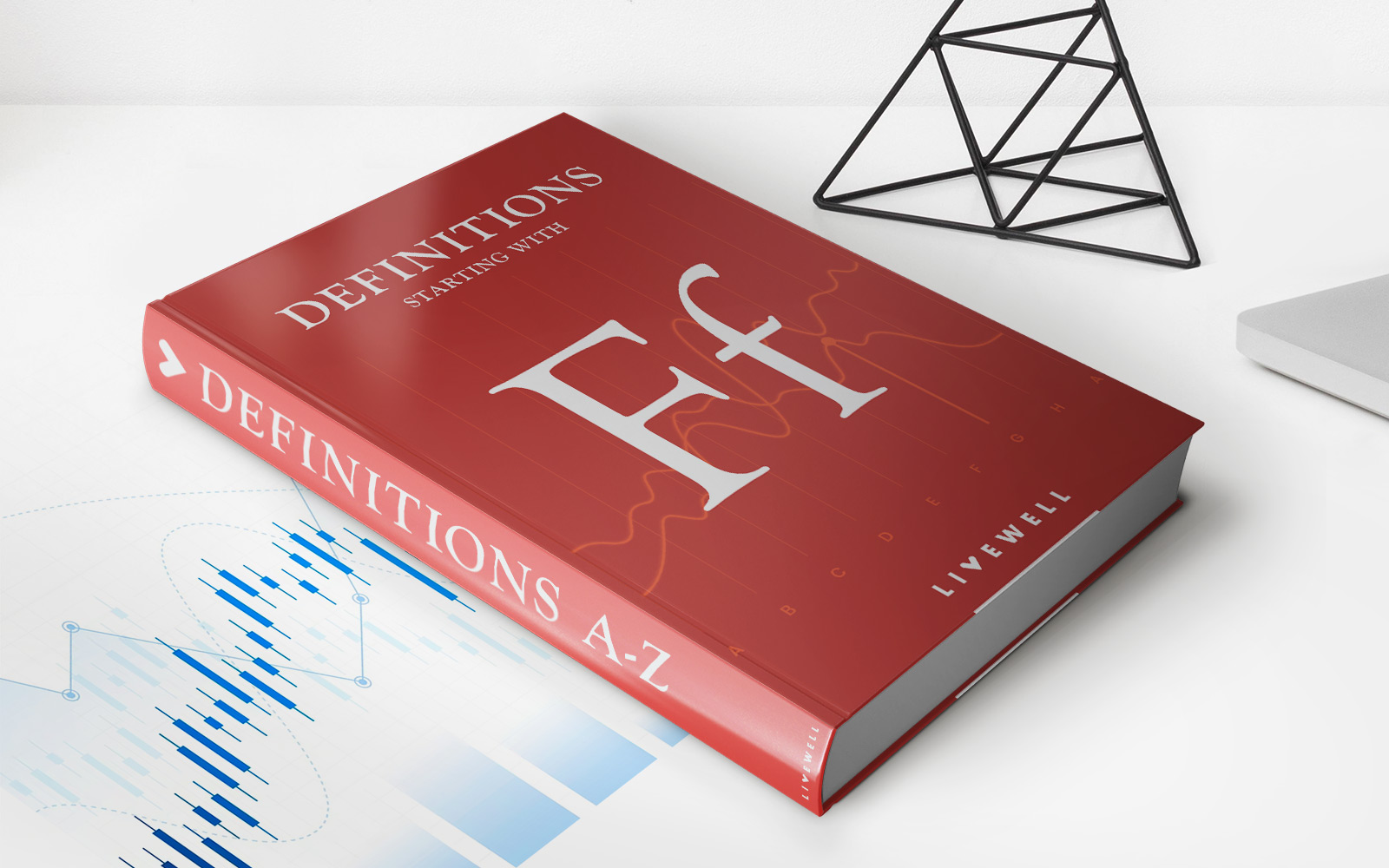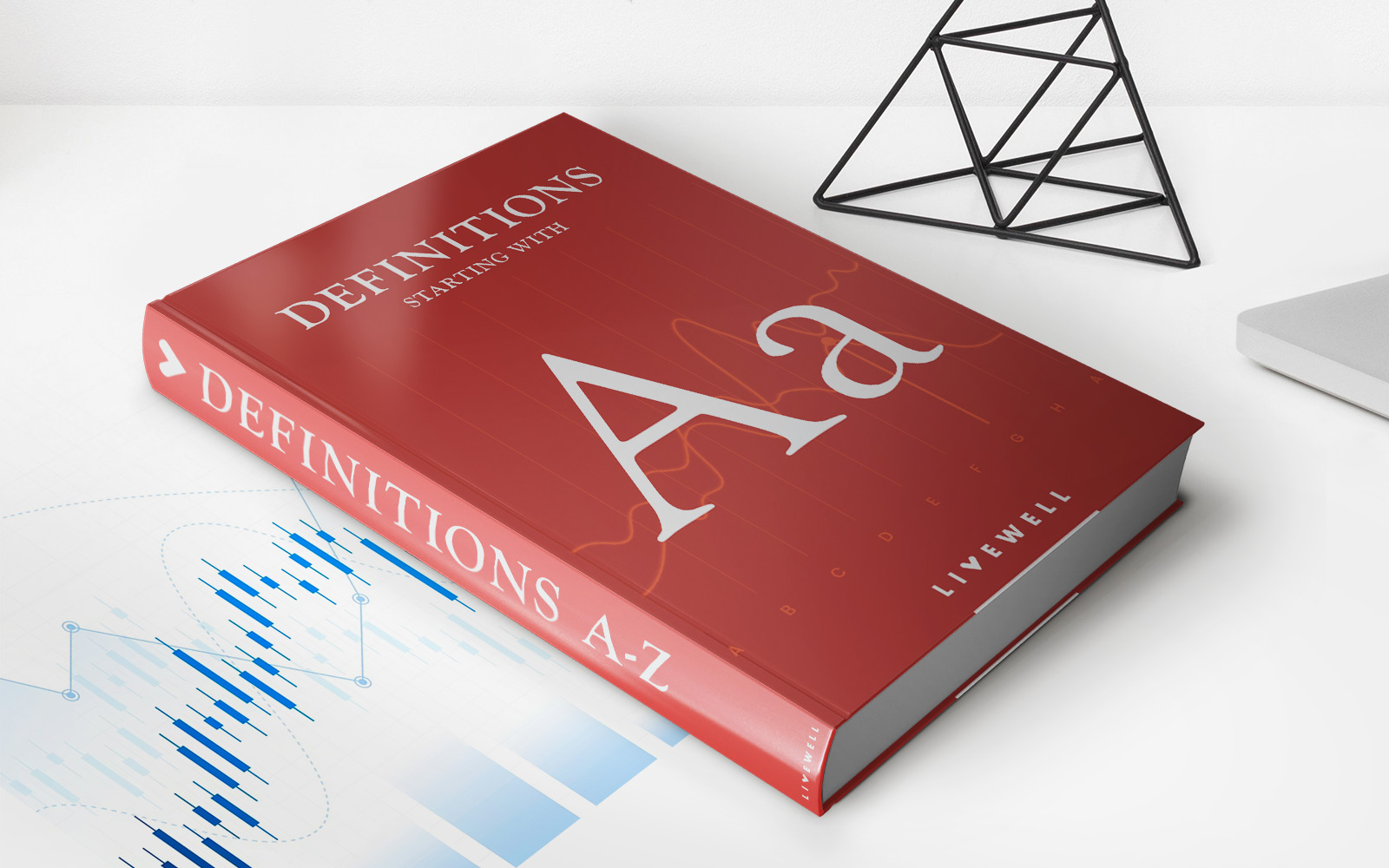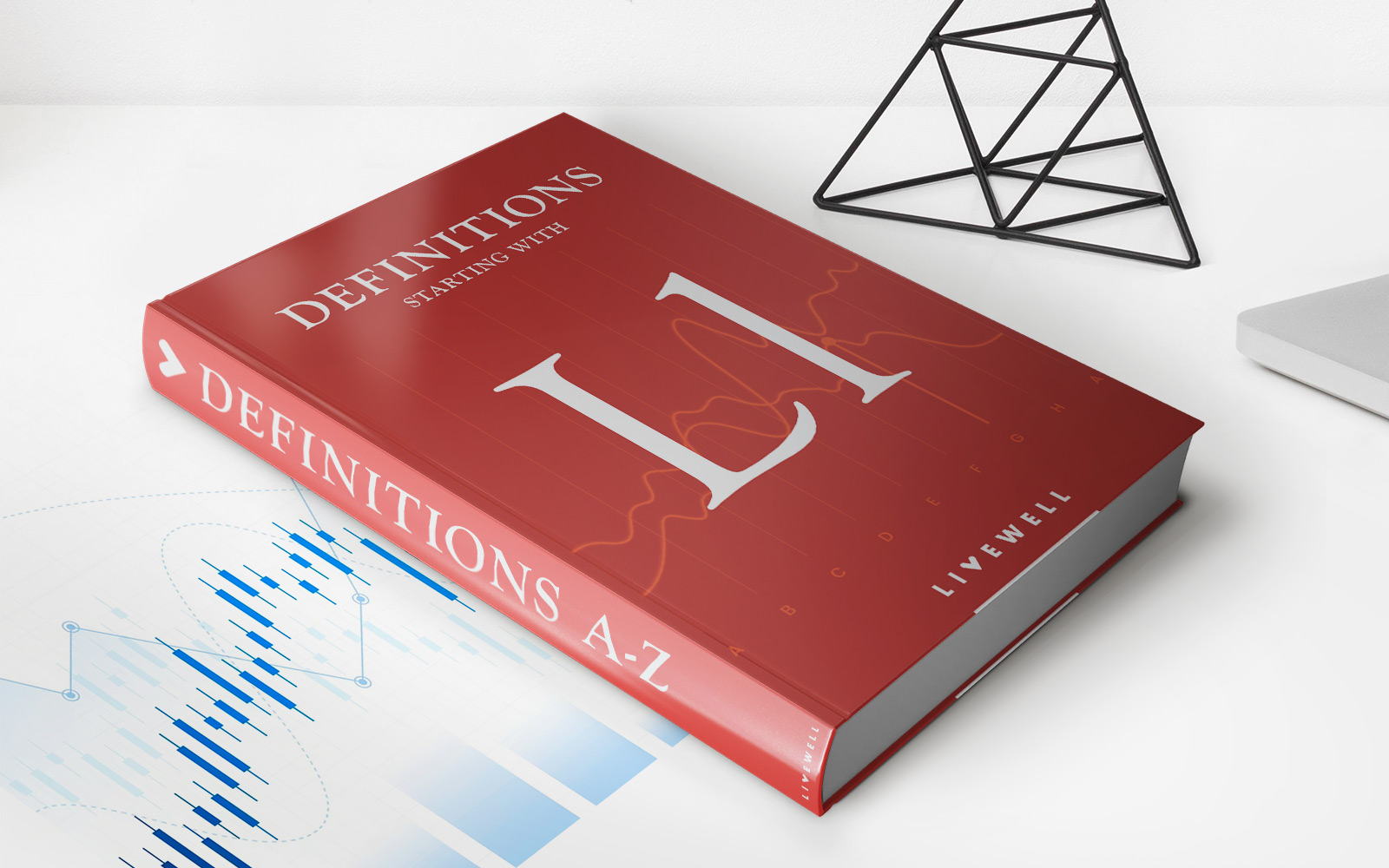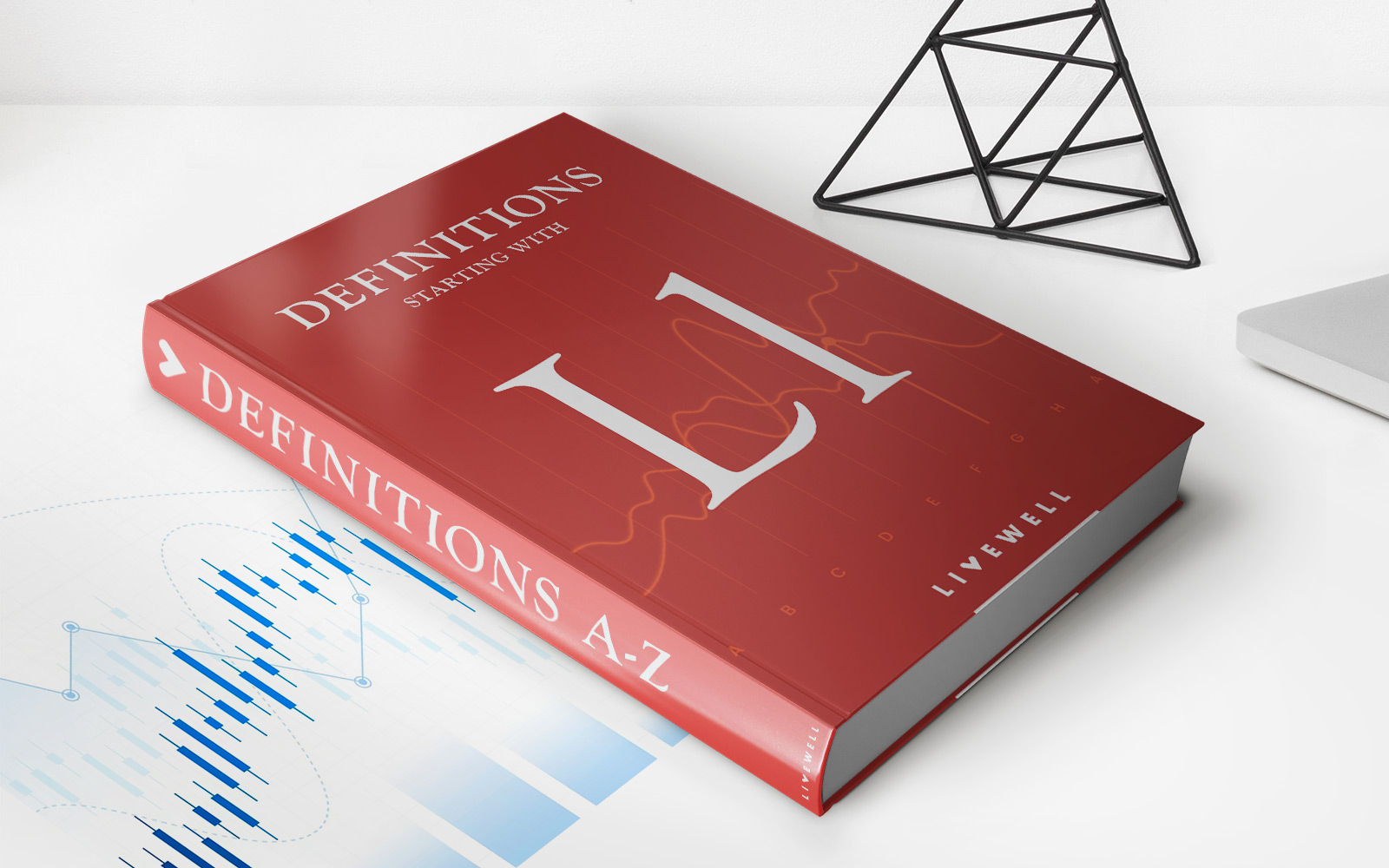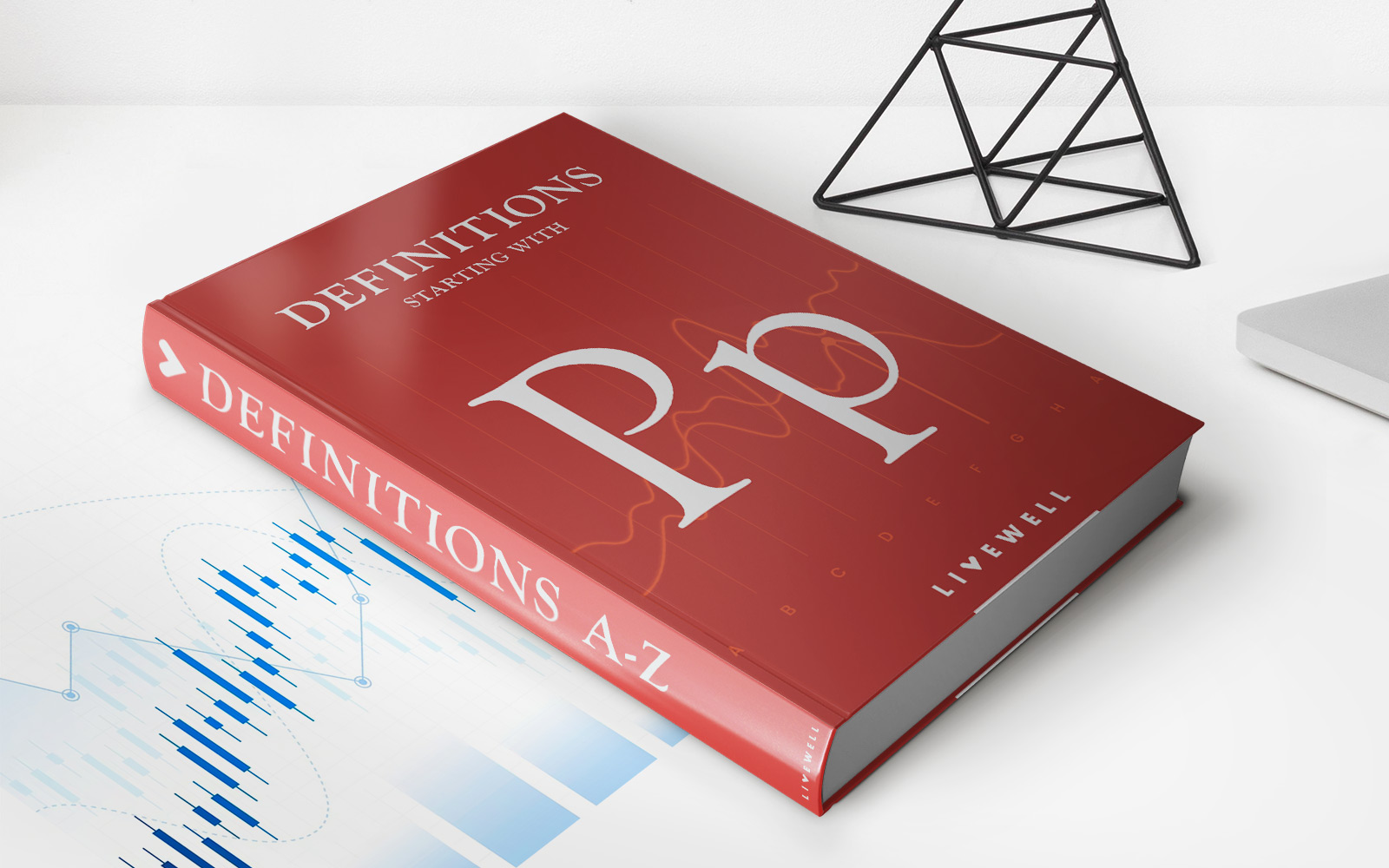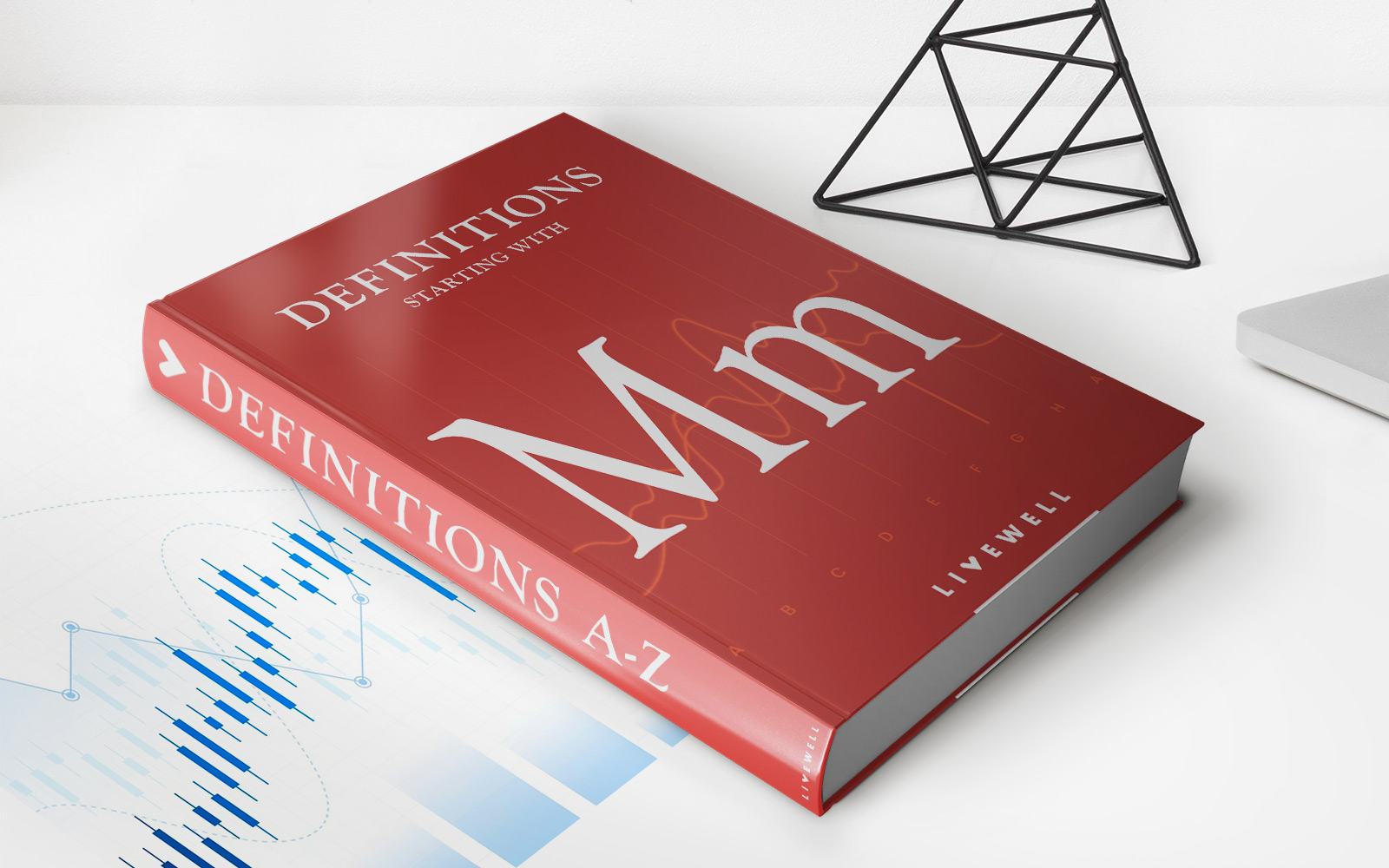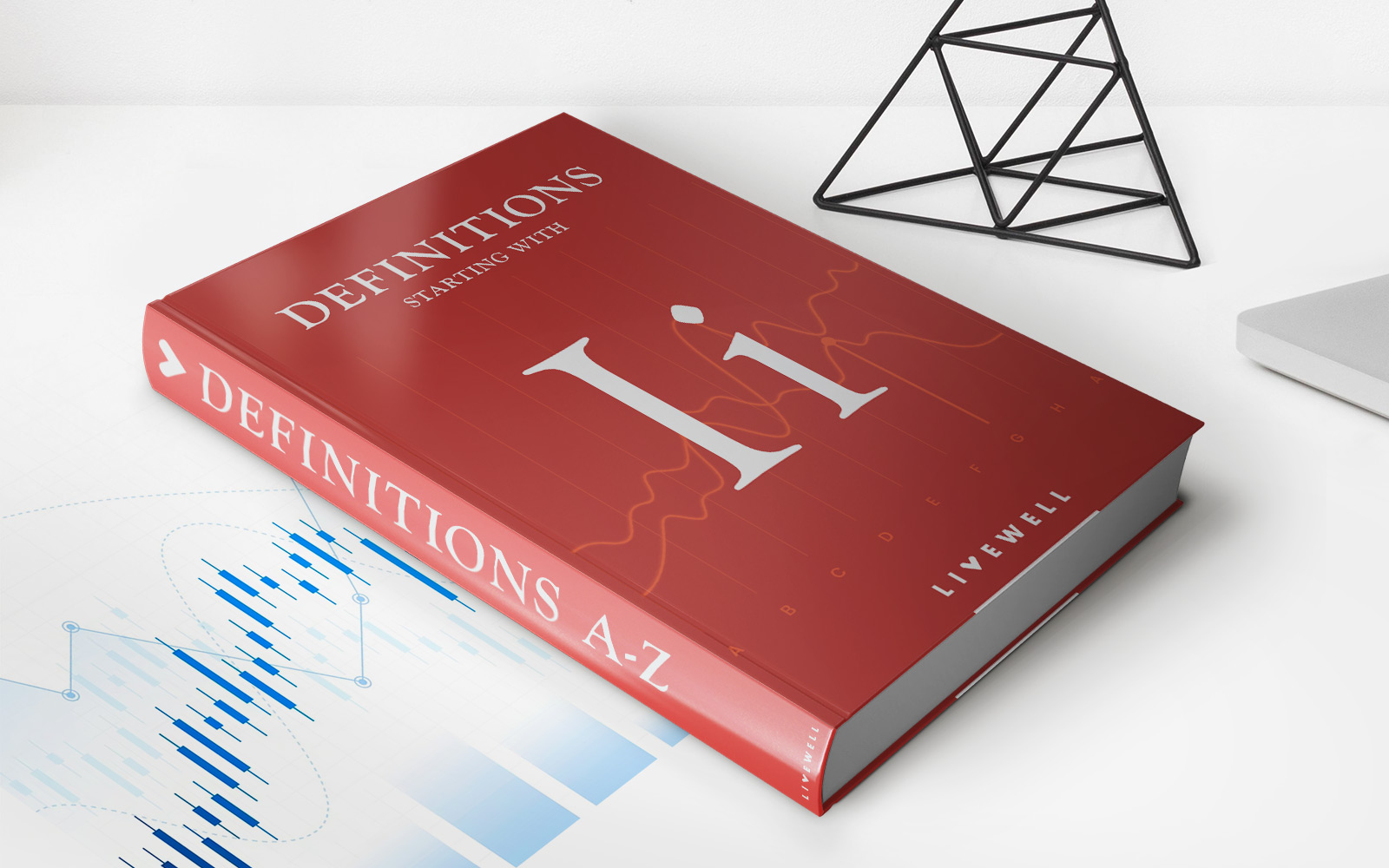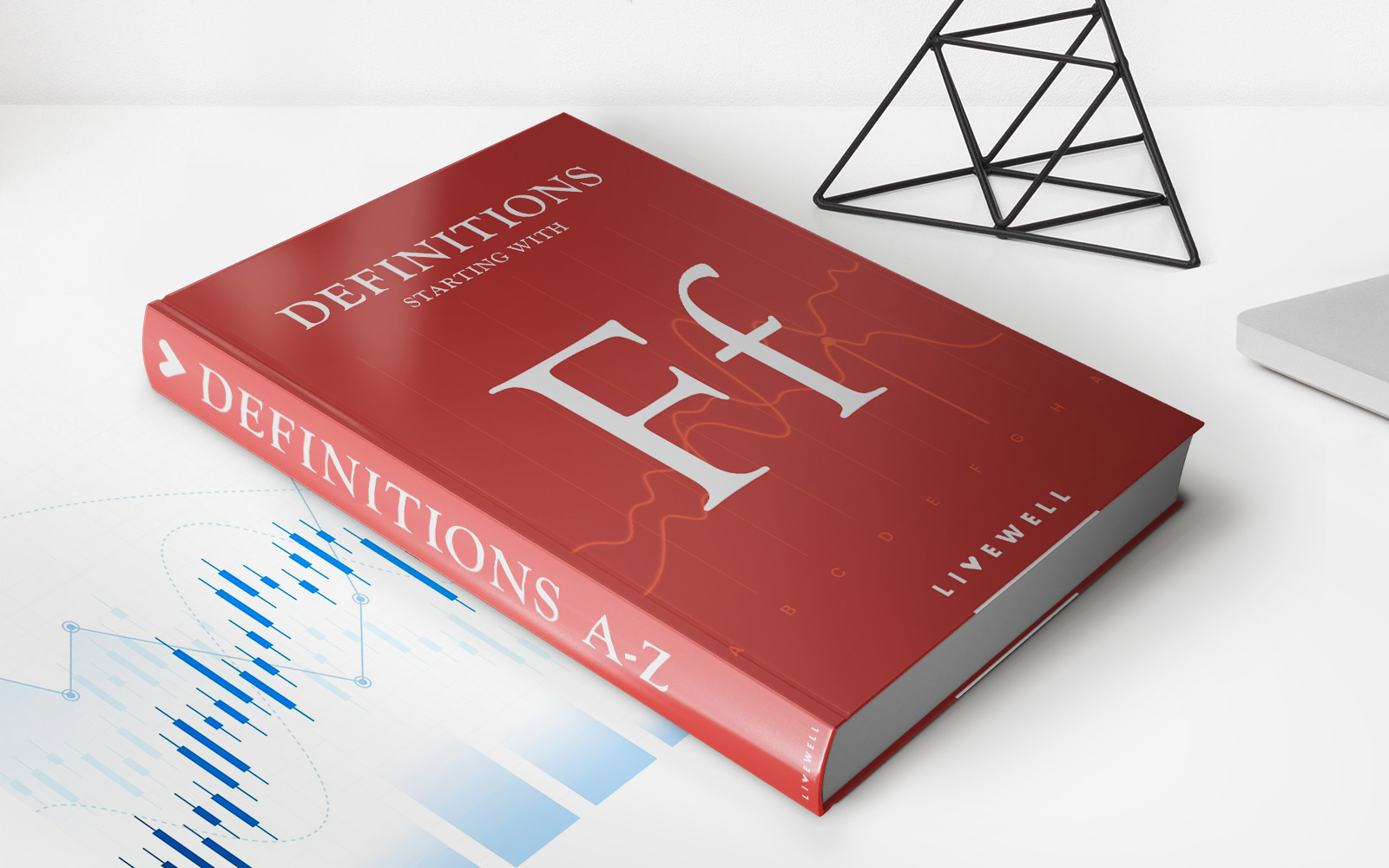

Finance
FDIC Problem Bank List Definition
Published: November 22, 2023
Learn the meaning of FDIC Problem Bank List in the field of finance. Understand the implications and significance of this classification for banks.
(Many of the links in this article redirect to a specific reviewed product. Your purchase of these products through affiliate links helps to generate commission for LiveWell, at no extra cost. Learn more)
Understanding the FDIC Problem Bank List: Safeguarding Your Finances
Welcome to another informative blog post from our Finance category! Today, we will be shedding light on an important concept in banking and finance – the FDIC Problem Bank List.
Have you ever wondered what happens when a bank faces financial distress or reaches the brink of failure? How does the Federal Deposit Insurance Corporation (FDIC) identify and handle these problem banks? This blog post will provide you with a comprehensive understanding of the FDIC Problem Bank List and its significance in safeguarding your finances.
Key Takeaways:
- The FDIC Problem Bank List identifies banks facing financial distress or at risk of failing.
- Banks on the Problem Bank List are subject to enhanced FDIC oversight and supervision.
What is the FDIC Problem Bank List?
The FDIC Problem Bank List is a compilation of financial institutions that are experiencing financial difficulties and are at risk of failure. It is a critical tool used by the FDIC to monitor and safeguard the stability of the banking system.
Now you might be wondering how a bank makes it onto this list. Banks are added to the Problem Bank List when they exhibit signs of financial distress such as inadequate capital, significant loan losses, or operating in an unsafe and unsound manner. The FDIC employs various indicators and assessment processes to identify such banks and classify them as problem banks.
Enhanced Oversight and Supervision
Once a bank is designated as a problem bank, it is subjected to enhanced oversight and supervision by the FDIC. This means that the FDIC closely monitors the bank’s operations, financial health, and management practices to ensure that necessary actions are taken to address the underlying issues.
Additionally, the FDIC may require the bank to take specific corrective actions, implement risk management measures, or raise additional capital to strengthen its financial position. The aim is to prevent further deterioration of the bank’s condition and protect the depositors’ interests.
Your Deposits are Protected
It’s important to note that being included on the FDIC Problem Bank List does not automatically mean that a bank will fail. The FDIC’s primary role is to ensure the stability of the banking system and safeguard depositors’ funds. In the event of a bank failure, the FDIC steps in and takes over the bank’s operations. Depositor funds, up to the FDIC insurance limit, are protected, providing a safety net for individuals and businesses.
Conclusion
The FDIC Problem Bank List serves as an important tool in monitoring the health and stability of the banking system. By identifying and addressing potential problem areas, the FDIC plays a crucial role in maintaining the confidence and trust within the banking community.
So, the next time you hear about the FDIC Problem Bank List, remember that it’s an essential component of safeguarding your hard-earned money and maintaining the integrity of our financial system.
